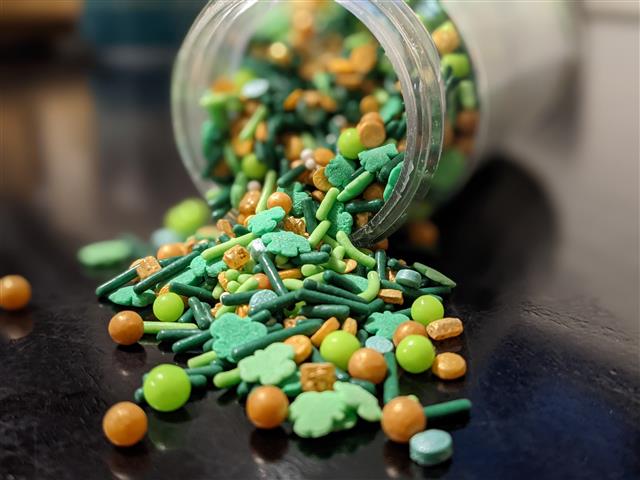< h2 design=” border: 0px; font-variant-numeric: acquire; font-variant-east-asian: inherit; font-weight: acquire; font-stretch: acquire; line-height: 27px; font-family: “NeutraText Strong”; font-size: 1.5 rapid eye movement; margin-right: 0px; margin-bottom: 0px; margin-left: 0px; extra padding: 18px 0px 12px; vertical-align: baseline; color: rgb (0, 0, 0);” > Just how to taste coffee notes< p style= “boundary: 0px; font-variant-numeric: acquire; font-variant-east-asian: inherit; font-stretch: inherit; line-height: 24px; font-family:” NeutraText Publication”; font-size: 18px; margin-right: 0px; margin-bottom: 0px; margin-left: 0px; padding: 0px 0px 18px; vertical-align: standard;” > According to the cupping method, hot water is poured onto fresh roasted as well as ground beans directly right into the mug and allowed to steep for 3– 5 mins. The mixture is after that combined and the foamy head eliminated.< p style=” boundary: 0px; font-variant-numeric: inherit; font-variant-east-asian: inherit; font-stretch: acquire; line-height: 24px; font-family:” NeutraText Book”; font-size: 18px; margin-right: 0px; margin-bottom: 0px; margin-left: 0px; padding: 0px 0px 18px; vertical-align: standard;” > The coffee will need to cool down before sampling to avoid melting your tongue as well as to permit the flavours to arise. Two spoons are made use of, one entering the mug as well as the other in the mouth. A Q Grader tastes 200– 300 mugs of coffee during a workday, so spitting out is a must.< p style=” border: 0px; font-variant-numeric: acquire; font-variant-east-asian: inherit; font-stretch: inherit; line-height: 24px; font-family:” NeutraText Publication”; font-size: 18px; margin-right: 0px; margin-bottom: 0px; margin-left: 0px; padding: 0px 0px 18px; vertical-align: standard;” > Along with being a quality assurance method, cupping is an exceptional method to increase your understanding regarding coffee. Tasting helps you find out just how to identify differences in between cultivars “and also countries of origin.< p design=” boundary: 0px; font-variant-numeric: acquire; font-variant-east-asian: acquire; font-stretch: acquire; line-height: 24px; font-family:” NeutraText Publication”; font-size: 18px; margin-right: 0px; margin-bottom: 0px; margin-left: 0px; extra padding: 0px 0px 18px; vertical-align: baseline;” > At first it is a good idea to explore the nuances by concentrating on whether the coffee preferences nutty or chocolaty or whether it has notes of berries or fruit.
Once you start being able to determine flavours, you can start thinking which berry or fruit maybe.< p design=”border: 0px; font-variant-numeric: acquire; font-variant-east-asian: acquire; font-stretch: inherit; line-height: 24px; font-family: “NeutraText Publication”; font-size: 18px; margin-right: 0px; margin-bottom: 0px; margin-left: 0px; extra padding: 0px 0px 18px; vertical-align: baseline;” > Similar to with a glass of wine, you can discover endless flavour notes to coffee as each harvest is various. Flavour is straight impacted by weather condition and altitude, but one of the most important roles are played by the dirt and the cultivar. Kenyan arabica is acidic as well as with notes of blackcurrant, while Ethiopian cultivars are floral as well as fragile. After selecting, the flavour of coffee is influenced by handling, transport, toasting, grinding, brewing devices in addition to the water used.



